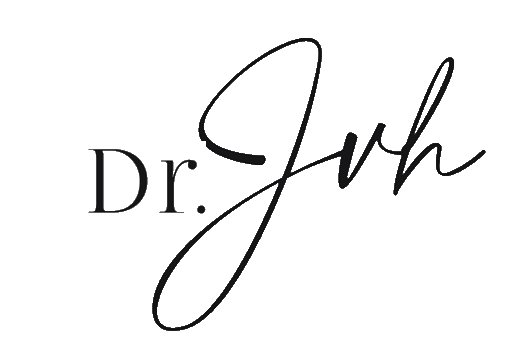Consumer Spending, Buoyed by Credit, Continues to Float Economy
As the stock market pulls out of the longest bear market since the 1940s, consumers continue to push forward, exhibiting unexpected resilience in the face of higher interest rates, tighter lending standards, geopolitical volatility, and declining confidence in light of a weakening job scene.
Consumer spending has been on the rise since 2022, while disposable incomes are nearing parity with expenditures, putting the squeeze on potential future outlays and savings.
Since the economy is heavily weighted towards consumers – nearly 70% of U.S. GDP is derived from these spenders – robust consumer spending is critical for the country's economic growth and serves as a reliable barometer of economic health. Employment is also relatively strong, surprisingly so to many given the Fed’s counterattack along with persistent inflation, providing the confidence for us all to keep spending.
Certain emerging trends warrant attention, however. Credit is tightening, which may impede consumer expenditures. And it’s not just due to ever-rising rates on credit cards, nor auto and home loans. As consumers increase the amount of credit they hold, banks get a little itchy and have responded with their own rate hikes.
Further exacerbating the trends are increases in delinquencies.
Everyone is trying to figure out when the x-day will come, the day consumers run out of savings. Wells Fargo predicts beyond next year, while Deutche Bank researchers foresee it happening as early as October of ’23.
While seemingly not a huge problem yet, tightening credit across the board (both personal and business) is going to slow investment and will help to tighten spending as consumers run out of savings. Recent jobless claim indicators suggest that we may be approaching this juncture. We are also seeing double pressures from two prominent variables in the Federal Reserve’s equation: inflation and interest rates. Hotels/leisure and used car prices are just a couple of factors adding to expected increases in inflation detected during the prior month (updated: BLS data release here - core CPI came in at 5.3% annualized last month). Interest rate rises have a lagging negative effect that will still take some time to fully “price in” to the economy.
Normally we would expect prices and rates to run inverse of each other, as Fed hikes stymie inflation. Yet, the effectiveness of this mechanism has recently been less than optimal, prompting the Federal Reserve to consider further rate hikes (though they have strongly hinted at a “skip” during the next meeting).
Unemployment claims, when adjusted for seasonal variation, have risen and persistently exceeded averages from recent non-pandemic years.
Considering the Fed’s interest rate hikes, one would expect jobless claims to rise, so this may be a blip on the radar and/or noise, but it’s worth keeping an eye on. It could be contained by a well-constructed plan for a “soft-landing” by Fed policymakers, but provided the multitude of accompanying factors worldwide, economic conditions can deteriorate rapidly, potentially outpacing the ability of the Federal Reserve or Congress to implement corrective measures.
What should you look out for as a business owner?
Slumps on M-O-M or Y-O-Y revenues are clearly indicative of shifting consumption standards. Combine these with a consideration of external factors outside of your control. If regional indicators, for instance, begin to signal speed bumps, and your revenues are constrained (outside of usual patterns), it could indicate broader economic changes. Check out your local Federal Reserve Bank for a good source of regional data.
The Richmond Fed provides useful data for those of us in the mid-Atlantic/Washington DC region. I’m especially partial to the CFO survey. If your neighborhood financial decision-makers start to feel uneasy, combined with macro-data that justifies it, we may be headed towards some trouble. The CFO survey for Q1 in my region found a more optimistic trend among company financial execs versus the previous quarter, though the level of optimism is still “well below” the historic average. Perhaps we are recovering, or it’s an anomaly on a downtrend, but either way, it’s worth watching closely.
Data releases on a quarterly or monthly basis may not be sufficient for making the daily decisions necessary to stay competitive or prepare for a potential recession. High-frequency data can provide a more granular look between major national releases. A noteworthy resource is Morning Consult, particularly its weekly consumer confidence tracker. See their most recent consumer confidence indicator below.
Given the decided downturn in recent weeks, combined with credit, inflation, and employment data, it could be inferred that we may be heading toward a phase of reduced economic activity. Brace yourselves as this could be the beginning of a dip. While most projections do not anticipate a major recession, the confluence of recent trends indicates an increased likelihood of economic contraction - it never hurts to prepare.
Dr. Justin Vélez-Hagan, Ph.D., is an economist, business owner/investor, and author of The Paradox of Fiscal Austerity, among others. He is also an appointed member of the Joint Advisory Board of Economists for the state of Virginia.







